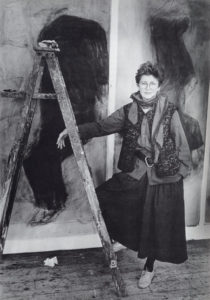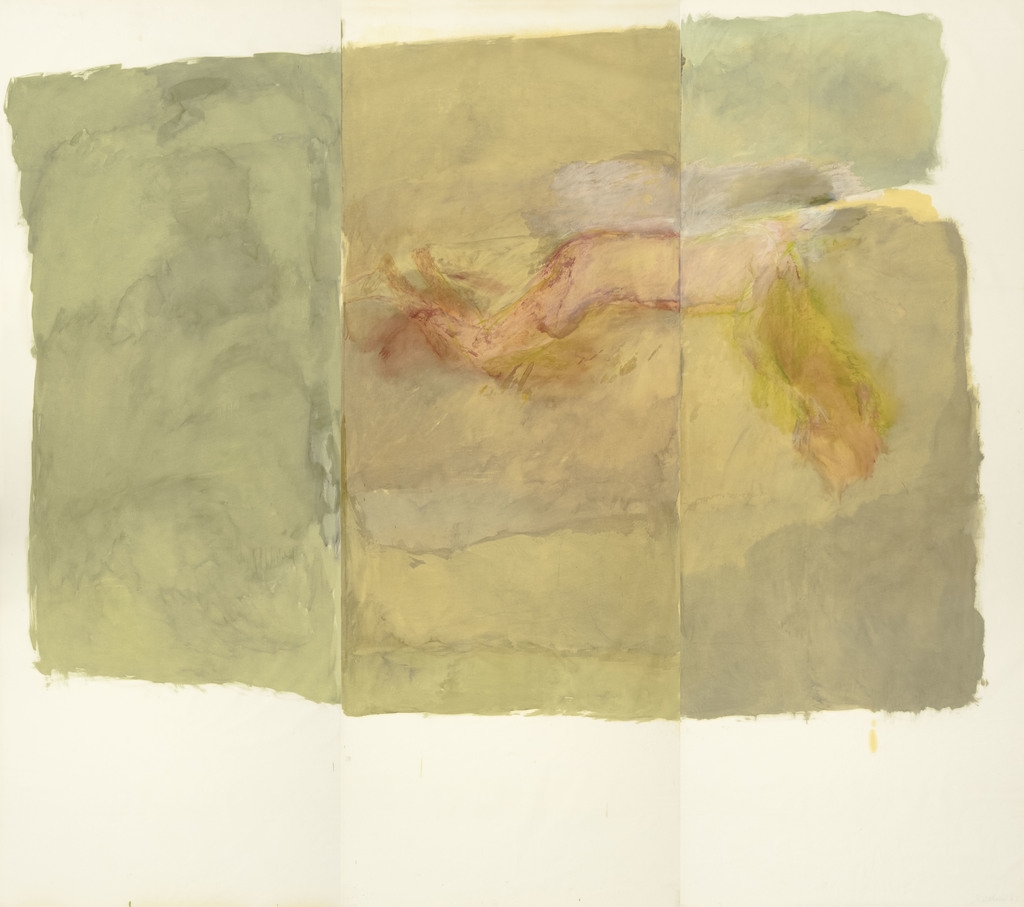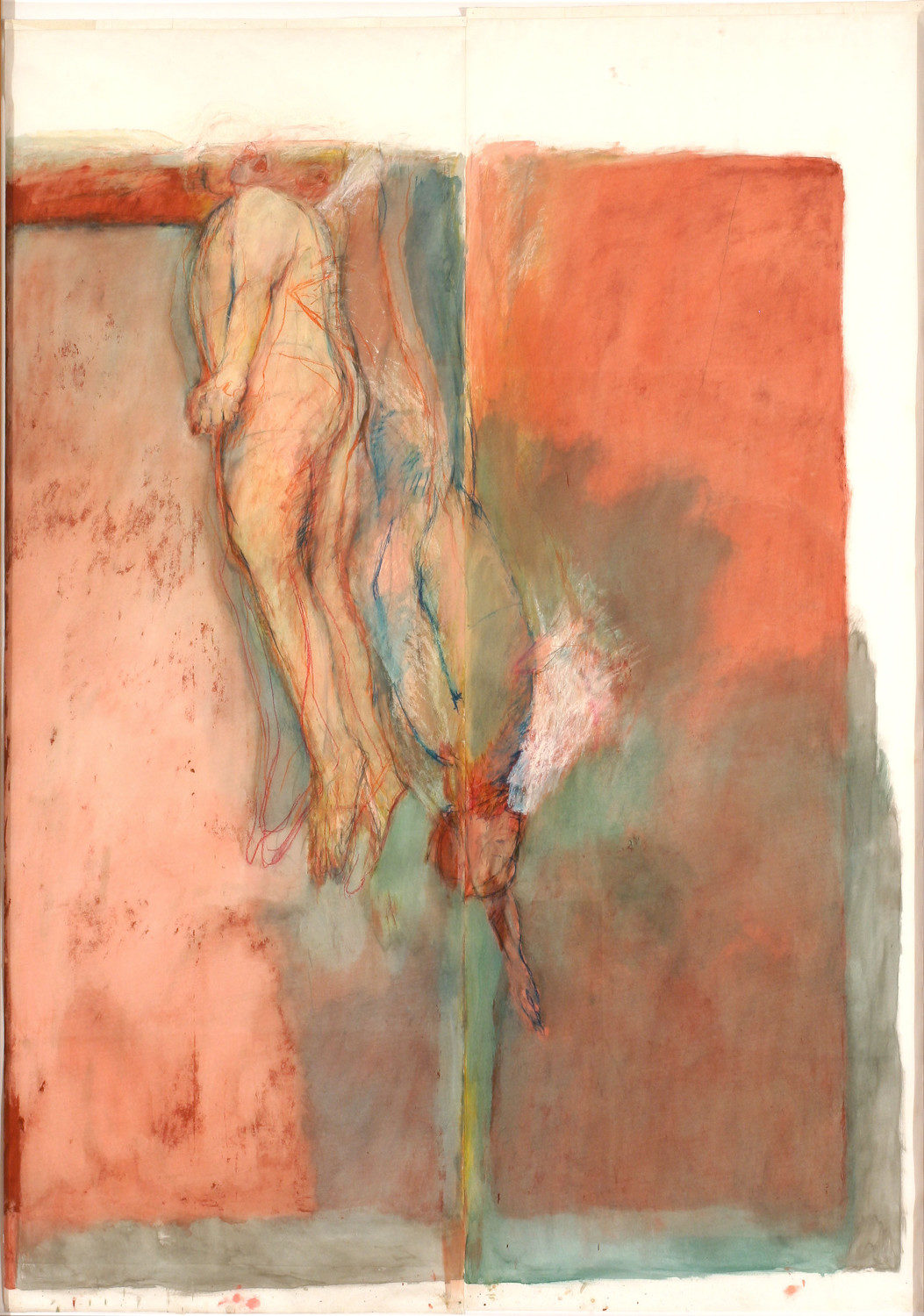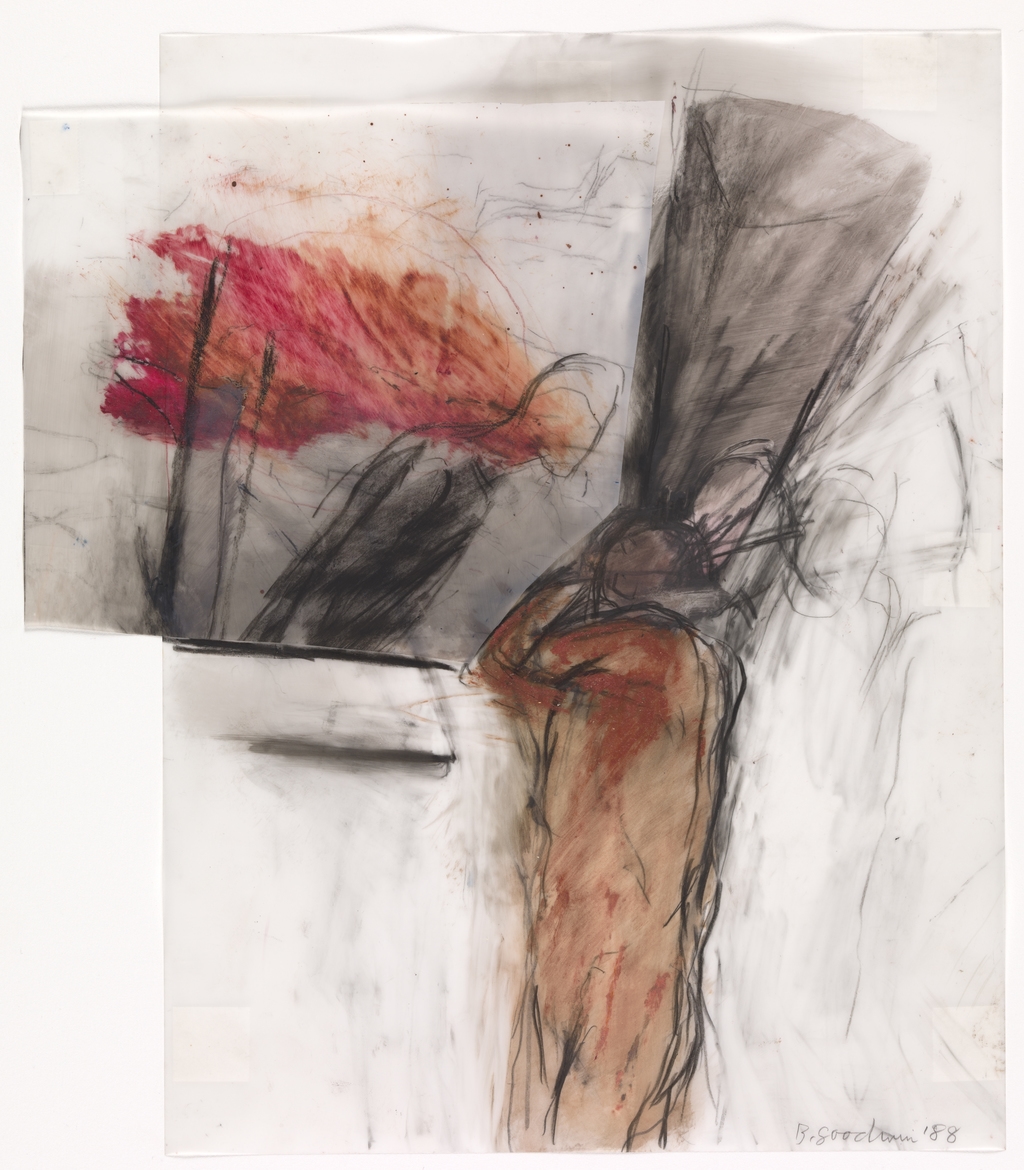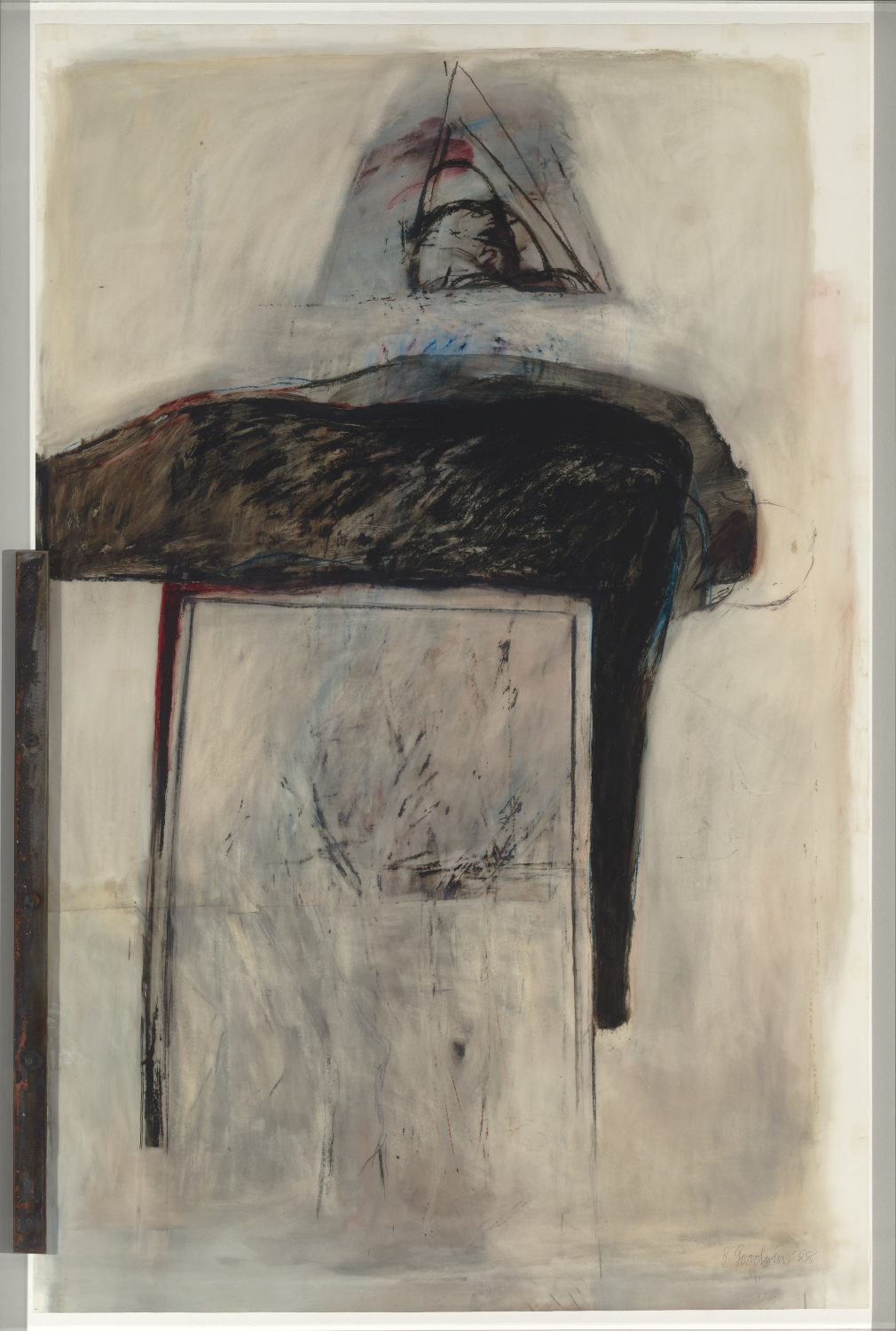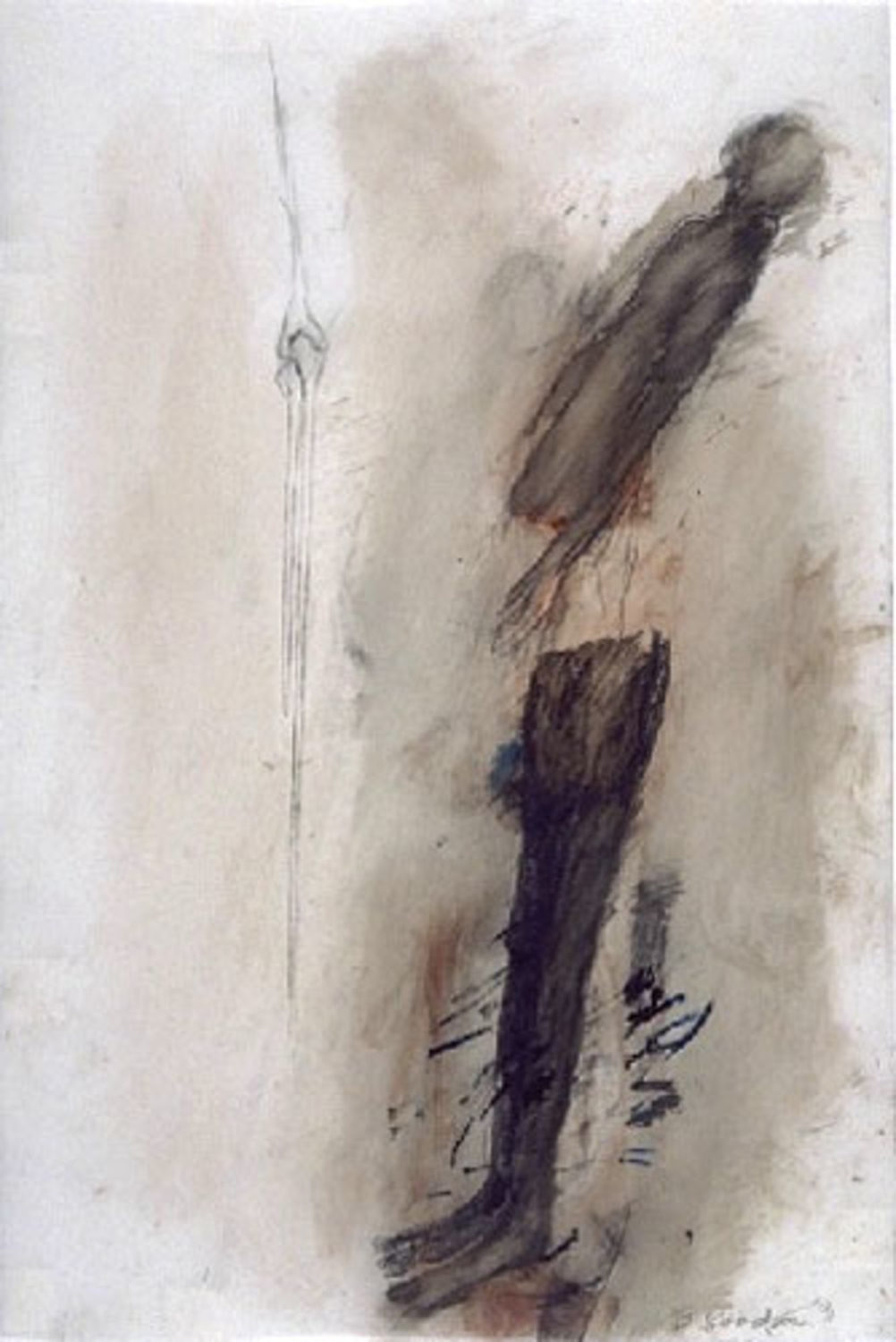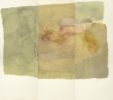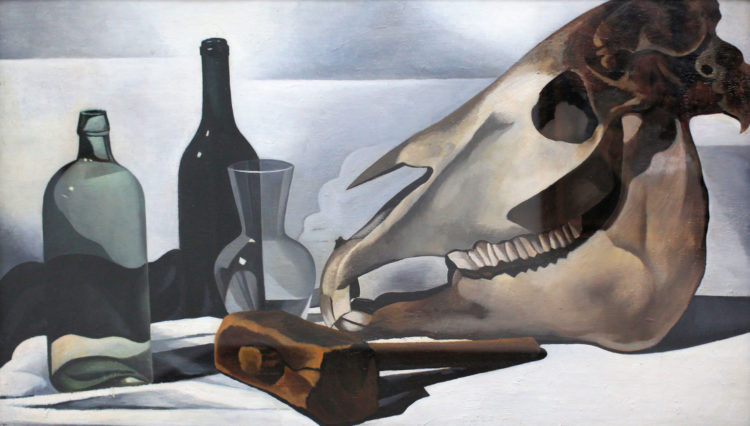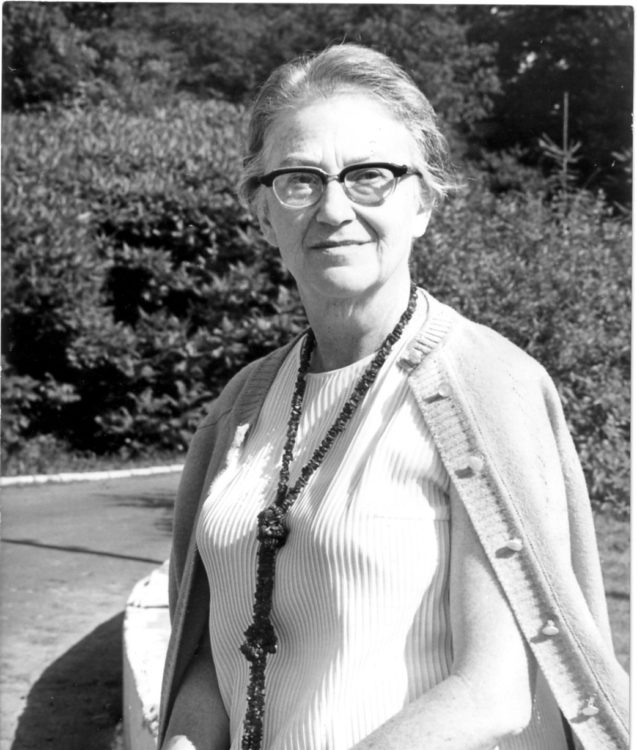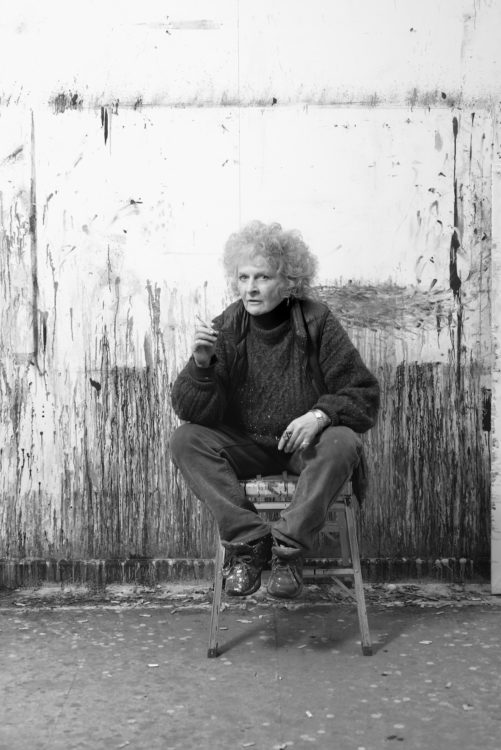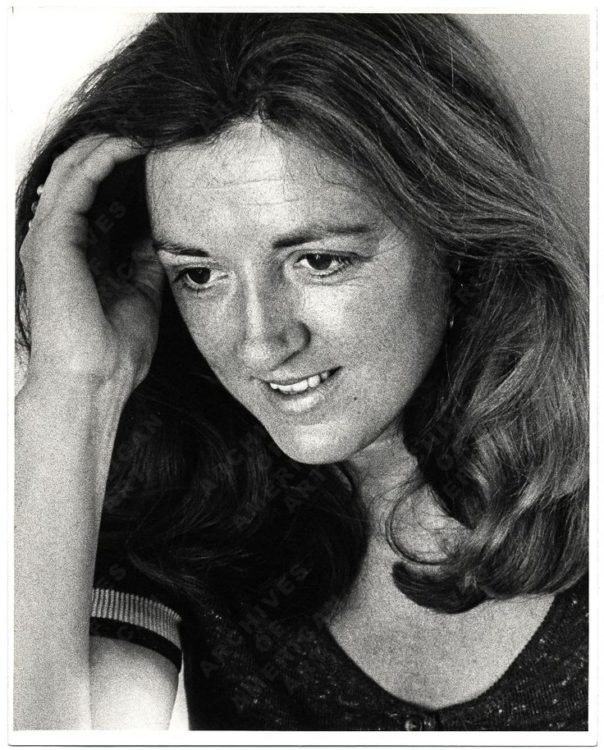Betty Goodwin
Betty Goodwin, exh. cat., Ferme du Buisson-Centre d’art contemporain, Noisel (5 March – 15 May 1994), Noisel, Ferme du Buisson-Centre d’art contemporain, 1994
→Bradley Jessica, Teitelbaum Matthew, The Art of Betty Goodwin, Vancouver/Toronto, Douglas & McIntyre/Art Gallery of Ontario, 1998
→Betty Goodwin, parcours de l’œuvre à travers la collection du Musée d’art contemporain de Montréal, exh. cat., Musée d’art contemporain de Montréal, Montréal (22 May – 4 October 2009), Montréal, Musée d’art contemporain de Montréal, 2009
Betty Goodwin : œuvres de 1971 à 1987, Musée des beaux-arts de l’Ontario, Toronto, 2 May – 2 july 1987 ; Vancouver Art Gallery, Vancouver, 20 August – 25 October 1987 ; The New Museum of Contemporary Art , New York, 11 September – 8 November 1987 ; 49e Parallèle, Centre d’art contemporain canadien, New York, 9 January – 30 January 1988 ; Musée des beaux-arts de Montréal, Montréal, 11 February – 27 March 1988
→Les estampes de Betty Goodwin, Musée des beaux-arts du Canada, Ottawa, 31 May – 2 September 2002
→Betty Goodwin : Moving Towards Fire, Art Gallery of Ontario, Toronto, 23 March – 17 October 2019
Canadian draughtswoman, painter and sculptor.
Born to a family of Romanian-Jewish immigrants, Betty Goodwin explores themes of absence, grief, and the fragility of the body and life. These leitmotivs reflect the trauma she experienced after her father’s death, as well as the horrors of the Shoah and the anxiety caused by the nuclear threat. A self-taught artist, she began to paint in the late 1940s, notably still-lifes and portraits of Montreal’s Jewish neighbourhoods. Her series of portraits realised in 1954 (such as the print Autoportrait III) is of a great intensity and expressivity. After returning from a sabbatical year in Europe in 1958, she realised prints in which the characters freed from gravity revealed her fascination with Chagall. In 1968, she studied engraving with Yves Gaucher. Sensitive to pop imagery, B. Goodwin carefully studied found objects and waste, and clothes in particular, which became symbols of the body both as trace and as absence in her works. She engraved copper plates with clothing. Her series Veste (jacket) earned her international recognition.
Fascinated by art and the philosophy of the artist/shaman Joseph Beuys, she realised the series Bâche (Tarp, 1972–1974) consisting of mural works composed of found blankets. Her most emblematic and enigmatic work, Nageurs (Swimmers), largely transparent drawings representing the ambiguous way in which the body floats in water, was born in the 1980s. Her reflections on the passage from life to death reached their climax with her latest series, such as Mémoire du corps (Memories of the Body, 1990–1995). A major Quebec artist of the 20th century and a mentor to a number of artists such as Geneviève Cadieux, B. Goodwin represented Canada at the Venice Biennial in 1995.
© Éditions des femmes – Antoinette Fouque, 2013
© Archives of Women Artists, Research and Exhibitions, 2019



